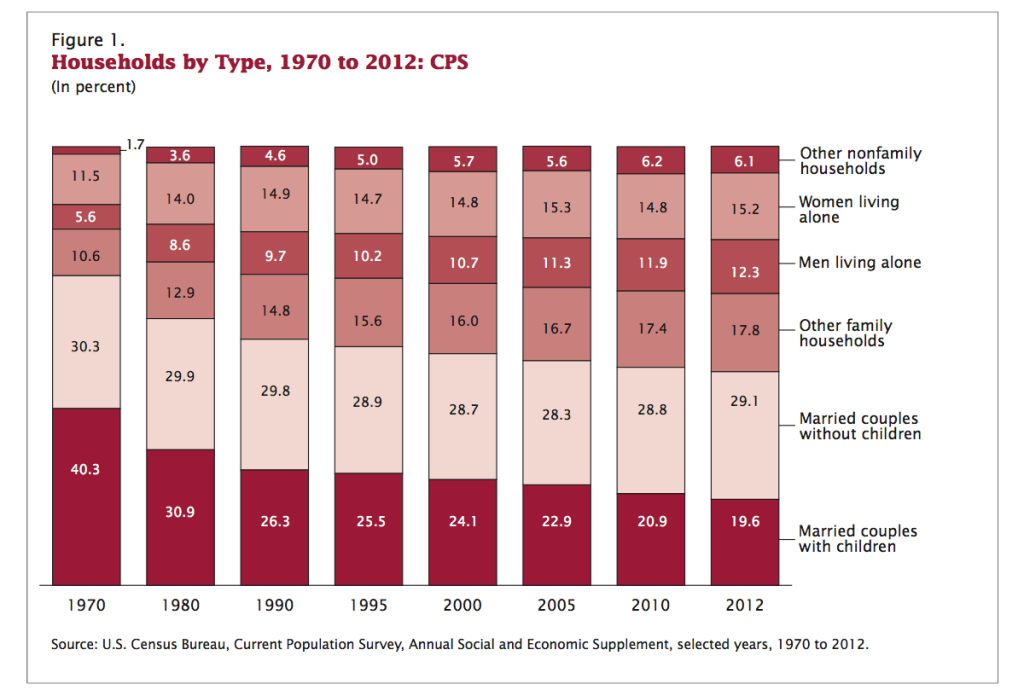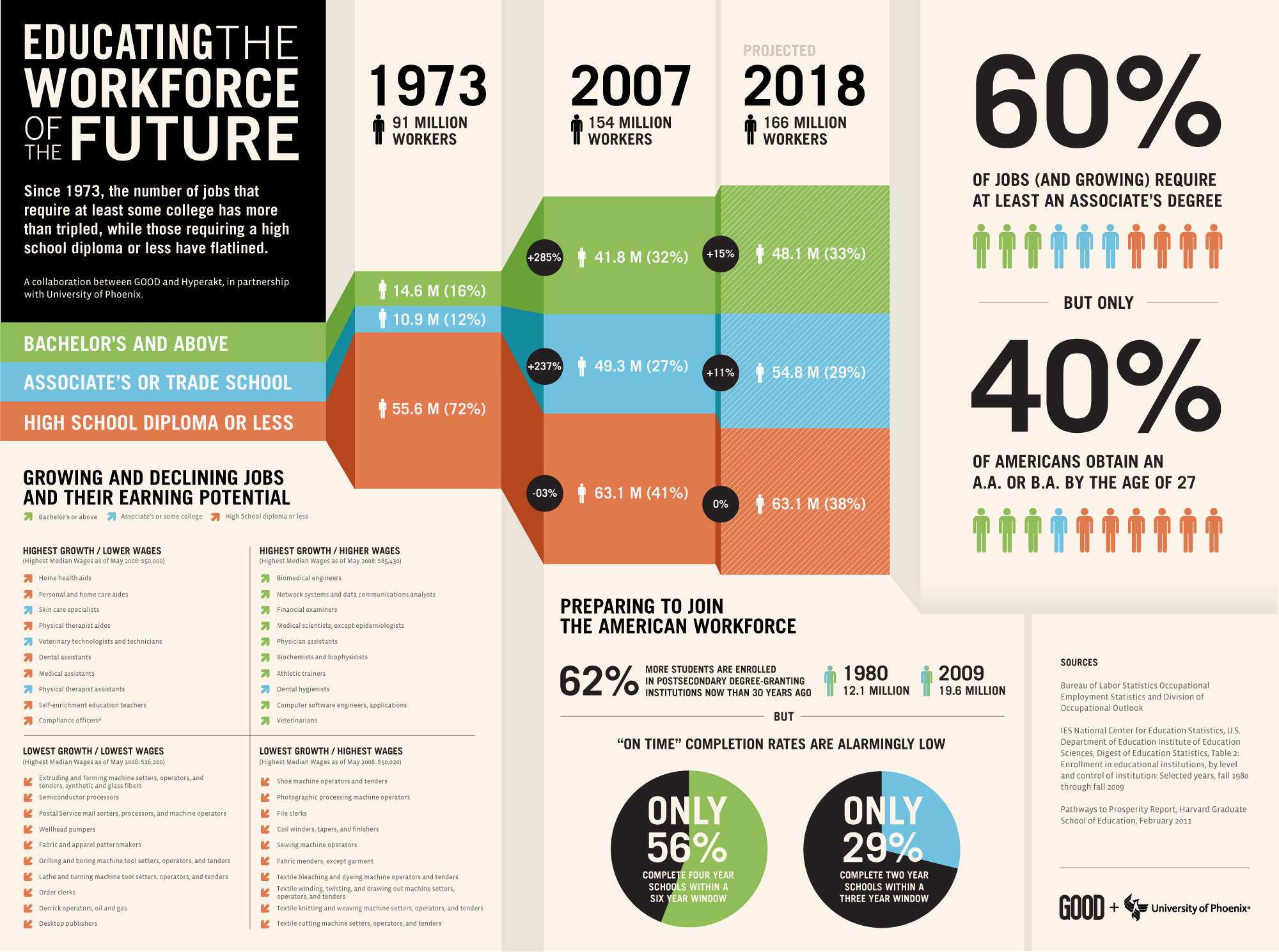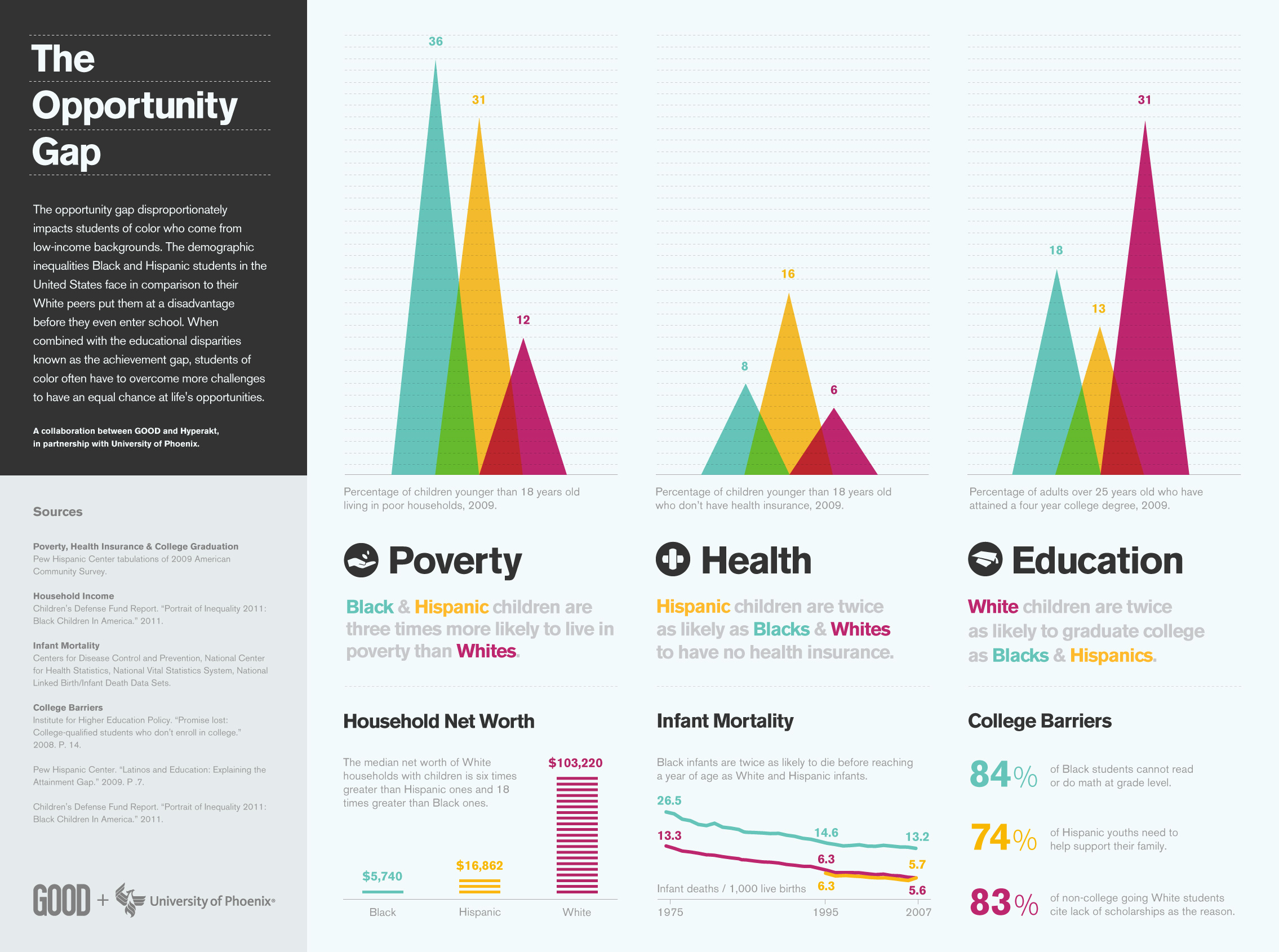Why do old coaches get fired?
Taking a (needed) break today from the seemingly endless series of 'Robots that are coming to take your job and destroy everything you love' posts and getting back to something far, far more important - sports!
I caught an excellent piece on the AJC College Football blog featuring college coaching legend, and the current head football coach at my alma mater, the University of South Carolina, Steve Spurrier. Spurrier, also known as the Head Ball Coach, has has a legendary collegiate playing and coaching career. He won the Heisman Trophy as the nation's best college player in 1966, had a 10-year NFL playing career, and then has had a stellar college coaching run starting at Duke, then Florida, (winning a national title in 1996), and finally at South Carolina. At Carolina, Spurrier has led the Fighting Gamecocks to three consecutive 11 win seasons and become the most successful coach in school history.
But now, at 68 years of age, some observers are wondering just how much longer Spurrier can continue to put in the work and successfully compete at the highest level of college football, and in a position that is notorious for insanely long hours, tremendous pressure to win, and significant demands on ones time. Or, said differently, some are asking, 'Is Spurrier, or any coach of more advanced years, still able to get the job done?'
To that, in a recent AJC piece, Spurrier offered what I think was one of the sharpest observations about age and on the job performance, and one that resonates and applies just about in every field.
Check out the take below:
“I will tell you what is neat. You look around at college basketball now, and there’s Jimmy Boeheim, who is almost 70 years old. He has got the only undefeated team in the country. Larry Brown is at SMU. He’s 73, and I think they’re a top 10 team. Mike Krzyzewski is in his upper 60s and so forth. Coaches don’t get fired for being older coaches. They get fired for not winning.
Love that take from the Head Ball Coach.
Coaches, (or usually pretty much anyone working in a company/industry that cares about winning), don't get fired solely because they seem too old or that somehow the game or business has passed them by. Coaches (young and old) get fired because they don't win. Winning makes everyone look better, younger, smarter.
More from the HBC:
"It all comes down if you are winning and losing, if you’re recruiting well, and if your program is on the upbeat and it’s positive. That’s what we all shoot for and obviously it’s not that easy to do.
“But the age of a coach really has nothing to do with it.”
This may seem like a kind of throwaway concept, or just something really obvious, i.e. keep performing at a high level and usually anyone's job is safe. But as I know I have posted about on the blog here, and has become an increasingly prevalent dynamic in many US businesses, employees are getting older and older, and the percentage of people age 55 and up still in the workforce keeps climbing.
We could all do for reminding ourselves from time to time that unless there are some really specific and challenging physical elements to the job, that often age, by itself, simply does not matter when evaluating performance. And we have to get used to working with, learning from, and leveraging these older employees.
Old coaches get fired not for being old. They get fired for not winning. Which is the same reason young coaches get fired.

 Steve
Steve


